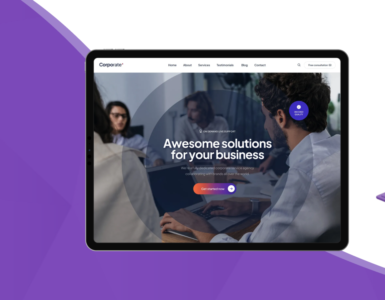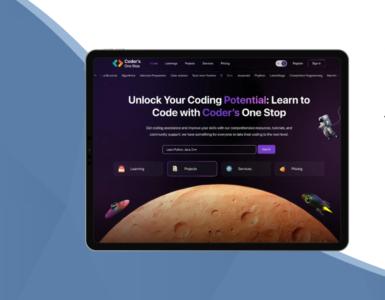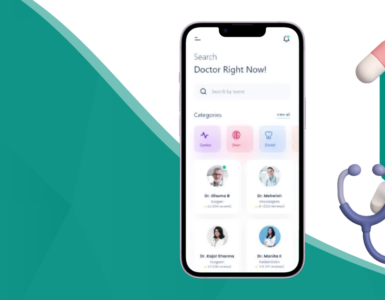Fasting is an age-old practice observed in different cultures for various health benefits. It involves abstaining from food and drinks for a specific period. Over the years, fasting has been linked to preventing metabolic disorders, liver problems, cardiovascular diseases, and even type 2 diabetes. In recent times, the trend of intermittent fasting (IF) has gained immense popularity as a sustainable weight loss method.
Today’s health-conscious consumers rely heavily on mobile apps to personalize their fasting routines. This growing demand presents a lucrative opportunity—investing in intermittent fasting app development can yield high returns if approached strategically.
What Is Intermittent Fasting?
Intermittent fasting combines periods of eating and fasting. For example, the popular 16:8 fasting-eating schedule involves fasting for 16 hours and eating during the remaining 8 hours. Users can customize this approach based on personal health goals, and innovative fasting apps make adherence much easier.
Case Study: BodyFast – A Market Leader
BodyFast, a Germany-based app launched in 2018, is one of the fastest-growing intermittent fasting apps in the world. Available in multiple languages, BodyFast has been downloaded by over 20 million users. Its interface includes powerful features such as:
- Fasting schedules
- Timers
- Progress tracking
- Personalized plans
The app offers free and premium versions, making it accessible to all users. If you’re planning to develop your own app, BodyFast serves as a strong benchmark to clone or improve upon.
Types of Intermittent Fasting Schedules
 According to Harvard Health and weight loss experts, there are several types of intermittent fasting schedules:
According to Harvard Health and weight loss experts, there are several types of intermittent fasting schedules:
1. Whole Day Fasting
Fast for 1 to 2 days a week, consuming around 500 calories on fasting days. Ideally, 200 calories should come from protein.
2. Alternate Day Fasting
Consume 500 calories on alternate days. On non-fasting days, eat freely.
3. OMAD (One Meal A Day)
Eat just one large meal a day and fast for the remaining 23 hours.
4. Time-Restricted Feeding
Fast for 16 to 20 hours daily, with a window of 4 to 8 hours for eating. During fasting, zero-calorie drinks like water or herbal tea are allowed.
Free Features to Include in Your App
To make your intermittent fasting app useful and engaging, include these free features:
- Multiple fasting schemes (16:8, 5:2, OMAD)
- Real-time fasting timer
- Fasting history tracker
- Weight and measurement log
- Hydration reminders
- Educational blogs on intermittent fasting
- Offline access
- Friendly UI with push notifications
You can explore the Yogasan Yoga WordPress Theme for inspiration on building wellness-focused UI/UX design.
Premium Features to Monetize Your App
To unlock revenue potential, offer premium subscriptions with added value:
- Personalized fasting plans based on health conditions
- Weekly custom recommendations
- Fitness challenges
- Badges and rewards to boost user motivation
- One-on-one coaching sessions
- Access to all fasting methods
- Real-time support from certified professionals
These features improve user engagement, retention, and conversion from free to paid users.
Additional Functional Features to Consider
To stay competitive, consider integrating the following:
- Visual fasting and calorie charts
- AI-based meal gap calculator
- Meal photo uploads and journaling
- In-app community and group chat feature
- Ketone, glucose, and waistline tracking
- 7-day free trial to boost initial adoption
- Reminders for fasting and hydration
- Weight and fasting goal statistics dashboard
Apps like Zero and FastHabit also include similar advanced features. Learn from their user reviews on App Store and Google Play to tailor your development strategy.
Step-by-Step Guide to Building an Intermittent Fasting App

1. Understand Your Target Audience
Before investing in development, analyze your target users. Whether they aim to lose weight, reduce blood sugar, or eat healthier, your app must offer features aligned with their goals. Common obstacles like stress, fatigue, and lack of motivation should also be addressed.
Use this data to build a realistic app prototype and refine it using early user feedback.
2. Create a Product Roadmap
A detailed product roadmap ensures your app evolves as planned. Most app developers follow the Agile-Scrum framework, known for its flexibility and iterative development process.
Collaborate with a team like Siddhi Infosoft—a trusted name in mobile app development—to build and launch a reliable health and wellness app.
User Benefits: Why Intermittent Fasting Apps Are Effective
Apps like BodyFast have received positive user feedback due to the following benefits:
- Increased Motivation
- Success stories, inspirational quotes, and progress reports keep users motivated and committed.
- Sense of Achievement
- Regular goal-setting and statistical feedback provide users with a sense of accomplishment.
- Enhanced Lifestyle Management
- Push notifications and reminders help users stay on track, even with hectic schedules.
Conclusion
You’ve now seen the key components of building a successful intermittent fasting app. By replicating and improving upon models like BodyFast, you can create a tool that not only helps users achieve their health goals but also ensures business growth.
Make sure your app is compatible with Android, iOS, and wearables like smartwatches. Focus on user-centric design, meaningful features, and scalable architecture to future-proof your solution.
Ready to launch the next big wellness app? Partner with experienced developers to bring your vision to life.
























